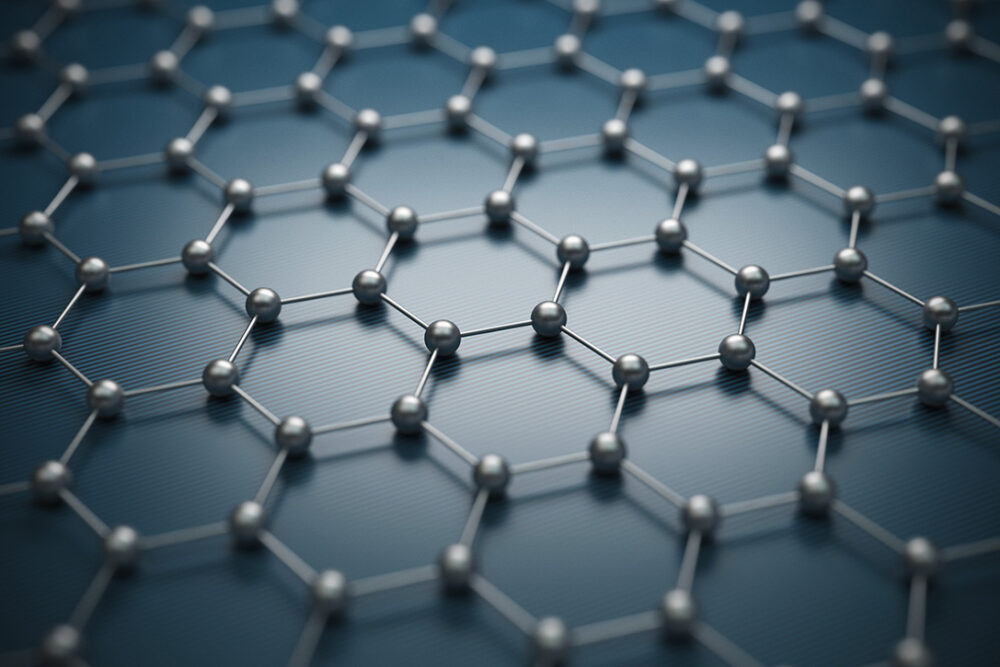Graphene, a single layer of carbon atoms arranged in a two-dimensional honeycomb lattice, has garnered significant attention within the scientific community due to its extraordinary physical properties. Among these, its electrical, thermal, and mechanical characteristics have revealed transformative potential across various fields including electronics, materials science, and nanotechnology. Intriguingly, the question of graphene’s superconductivity—its ability to conduct electricity without resistance at sufficiently low temperatures—remains a tantalizing subject of investigation.
To comprehend whether graphene exhibits superconducting properties, one must first delineate the criteria that confer superconductivity upon materials. Superconductors typically showcase the expulsion of magnetic fields (the Meissner effect), zero electrical resistance, and the formation of Cooper pairs—electron pairs that enable the conductivity of electricity without energy loss. While conventional superconductors, such as lead or niobium, operate at cryogenic temperatures, the pursuit of materials capable of superconductivity at higher temperatures has persisted as a hallmark of condensed matter physics.
Graphene’s electronic structure and its high carrier mobility suggest a pathway to potentially achieve superconductivity. The material’s band structure allows for variable electron density, facilitating both electron and hole doping. Initial experiments have shown that when tuned correctly, graphene, particularly in the form of bilayer graphene or through modifications like substrate interactions, can exhibit superconducting behavior under specific conditions. This unconventional superconductivity has been observed with varying temperature thresholds, drawing researchers’ attention to the role of electron-electron repulsion rather than the phonon-mediated attraction seen in traditional superconductors.
Notably, there are two primary methods through which superconductivity has been examined in graphene: the application of external pressures and the introduction of heterostructures. For instance, the pairing of graphene with other two-dimensional materials has been met with experimental enthusiasm. This interlayer coupling could result in enhanced electron interactions that foster Cooper pair formation. Furthermore, the layering technique has opened avenues to achieve high-temperature superconductivity through various combinations, effectively augmenting the superconducting transition temperature.
Moreover, studies involving twisted bilayer graphene have uncovered insights into this burgeoning field. When two graphene layers are overlaid with a slight rotational angle, a moiré pattern emerges, which alters the electronic properties of the material. At certain twist angles, researchers have documented superconducting phases accompanied by a dramatic increase in critical temperature, indicating a rich landscape of electronic correlations worthy of rigorous exploration. This phenomenon challenges the conventional wisdom surrounding superconductivity and beckons a reevaluation of how these materials interact at quantum levels.
While graphene’s allure as a potential superconductor is undeniable, several challenges remain prevalent. One of the paramount issues is the susceptibility to disorder and electron localization, leading to a degradation of superconducting properties. This sensitivity metastasizes within the context of real-world applications, where impurities and defects can severely alter material performance. Consequently, understanding the underlying mechanisms that govern these behaviors is integral to harnessing graphene’s full superconducting potential.
Additionally, the synthesis of high-quality graphene with controlled imperfections remains an arduous task. Techniques such as chemical vapor deposition and mechanical exfoliation have been the focal points of research, yet scaling these processes while ensuring the uniformity and purity of the material is critical to advancing the field. Achieving reproducibility across experiments can delineate the threshold at which graphene transitions into a superconductive state, forming the crux of future investigations.
Furthermore, theoretical frameworks surrounding graphene superconductivity must evolve to encapsulate the intricate behaviors observed experimentally. Current models primarily draw upon traditional paradigms that may not fully account for the unique electronic interactions present in two-dimensional systems. A holistic approach that integrates quantum field theories while considering the myriad of influences, including spin-orbit coupling and topological effects, could unveil the deeper underpinnings of graphene’s superconducting potential.
The promise of graphene as a superconductor presents an enticing prospect not only within theoretical realms but also in practical applications. Envision a future where lightweight, flexible superconducting materials catalyze advancements in lossless electrical transmission, revolutionary quantum computing architectures, and enhanced magnetic resonance imaging techniques. The implications for energy applications are particularly profound; if the superconductivity of graphene can be harnessed and sustained at room temperature, it could signal a paradigm shift in how energy is utilized and transmitted.
As research progresses, interdisciplinary collaboration between physicists, materials scientists, and engineers will be imperative to navigate the complexities of graphene’s superconductivity. The interplay between experimental validation and theoretical elucidation will illuminate the road ahead, unveiling the tantalizing possibilities that lie within this remarkable two-dimensional material. It beckons scholars to not only explore the fundamental science behind its properties but also to envision a reality where the widespread application of graphene superconductivity reshapes technology and energy efficiency as we know it.
In conclusion, while graphene showcases attributes that tantalizingly hover on the brink of superconductivity, this enigma requires a multifaceted scholarly approach. Investigating its superconductive properties provides fertile ground for scientific inquiry, with implications that extend beyond the laboratory and into everyday applications. As researchers delve deeper into the realm of graphene, the insights gained may ultimately redefine the landscape of superconductivity, bridging the gap between theoretical possibility and tangible reality.












